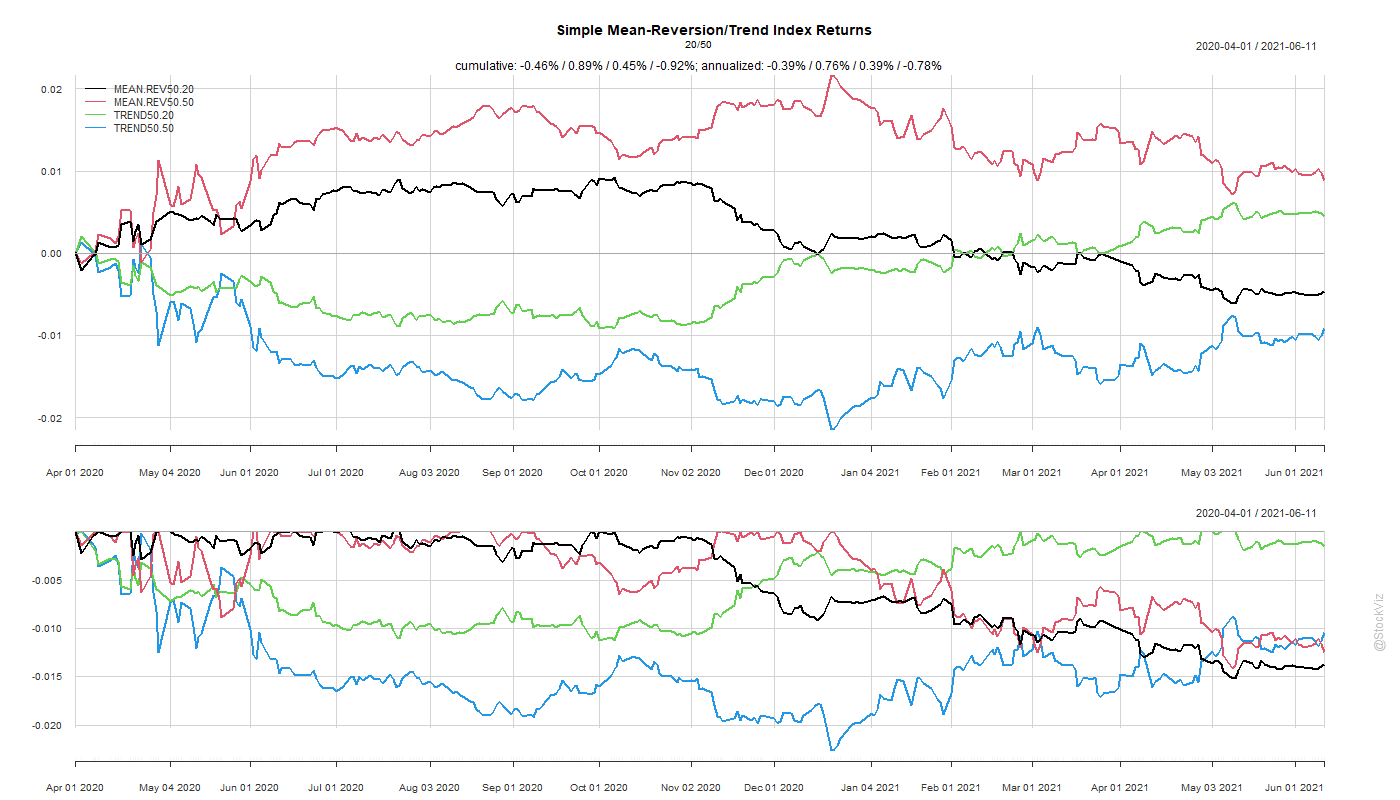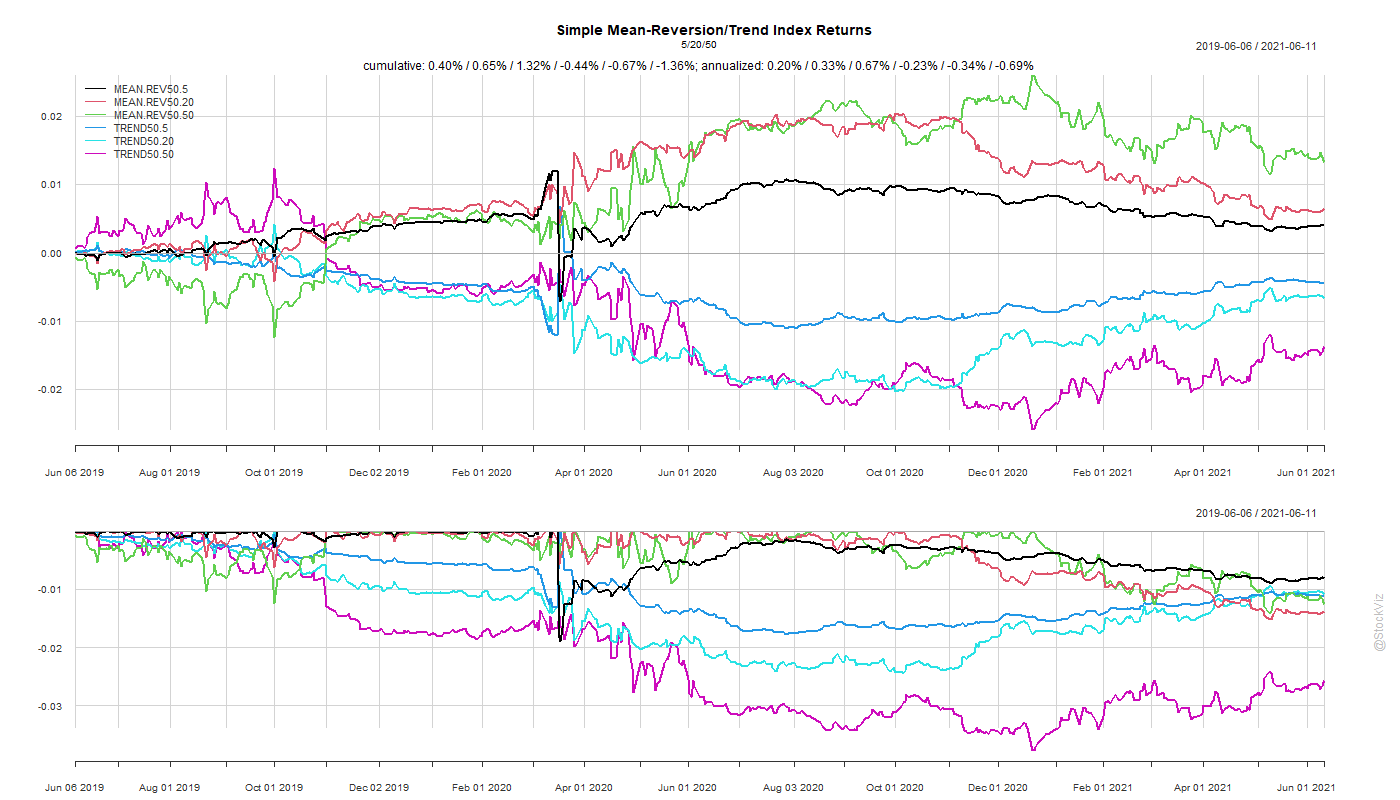Make LRS work for you
There are quite a few reasons why Indians would want to invest overseas. Education, retirement and emigration are frequently cited as top priorities. In the past, the only way to do this was through the Liberalised Remittance Scheme (LRS) route. However, with Indian mutual funds finally waking up to increasing demand from investors, does investing in international public market securities through this process still make sense?
Liberalised Remittance Scheme
The Indian Government, through its various regulatory and enforcement arms, have traditionally tried to keep Indians from sending money abroad. The problem has always been that populist policies used to win elections end up choking growth and stoking inflation. This leads to investors pulling funds away from India – aka, capital flight. One way to stem the tide is to try and trap Indian capital within India.
We use the word “try” because we are all aware about the hawala network that thrives to this day because of these policies. Thankfully, the process of liberalization has slowly, in baby steps, opened the doors for Indians to legally remit funds abroad.
The Reserve Bank of India (RBI) sets the rules governing these fund transfers that banks need to follow. And banks are supposed to report and track these transactions both at the individual and aggregate levels. Given the paperwork involved, most banks require you to make a trip to a “designated” branch office and execute the instruction in-person. The whole process is cumbersome, requires paperwork and takes an hour or two to complete.
Not only is LRS is painful, it is also expensive.
Most people fixate on bank fees and GST but that’s only part of the story. The biggest scam is the exchange rate given by the bank – it is the worst possible rate that they can give you while still being compliant with rules & regulations. If you compare the “google” rate with the final transfer rate, you’ll find that the drag is about 3%
So, why do it?
More Choice, Less Cost
The US ETF market went through a decade-long price war that drove vanilla cap-weighted fees to almost zero.
For example, if you want to invest in the S&P 500 index, then Vanguard’s VOO ETF charges you 3bps for the privilege whereas Motilal’s index fund charges 50bps. If you consider the tax differential and the transfer knee-cap, you break-even by year 7. So, if you are a passive, buy & hold investor with a long enough time horizon, LRS makes more sense.

While costs are important, so are choices. You can access strategies beyond what Indian mutual funds deign to offer in the local market. For example, there are a ton of factor strategies available through ETFs that are probably never going to be launched in India.
Previously:
Lower Transaction Costs
Indian policy makers love to ape Western European policies without giving a second thought to its appropriateness given our stage of growth. One such self-goal has been the STT – Securities Transaction Tax – that taxes transactions rather than profits. And yes, we tax both short-term and long-term capital gains. Sort of like a dare: We’ll see how you’ll make money trading.
Fortunately, the US has avoided shooting itself in the foot so far.
Lets say, you fall in the 30% income tax slab. You have a trading strategy that makes 20% returns in both markets. The strategy turnsover the portfolio “x” times. Given 0.01% STT in India and zero brokerage in the US, what is “x” for you to be indifferent in Year 1?

If you turn over your portfolio more than 60 times, you would be better off deploying that strategy in the US rather than India.
If you set the gross returns to zero, the required turnover drops to 30.
However, if you only trade infrequently, then LRS may not the best way to go. For example, a 40x turnover strategy will need 3 years to be indifferent.
Basically, if you are going to trade frequently, doing it in the US makes a lot more sense.
Caveats
LRS ensures that you will need a Chartered Accountant to do you taxes. You need to account for the dividends you have received, report your net personal assets, etc. So this route doesn’t make sense for small accounts.
If you don’t share your trading and banking passwords with your next-of-kin, then you need to be worried about US Estate laws. The U.S. has jurisdiction over U.S.-situated assets and requires executors for nonresidents to file an estate tax return if the fair market value at death of the decedent’s U.S.-situated assets exceeds $60,000. Directly investing in U.S.-situs assets as a non-U.S. investor creates potential U.S. estate tax liabilities.1
Conclusion
We feel that the LRS route is attractive both for a buy & hold investor as well as an active investor with an edge. However, one should get into it knowing the trade-offs involved.
If you are looking for simple, pre-canned investment strategies to invest in the US, check out freefloat.us














